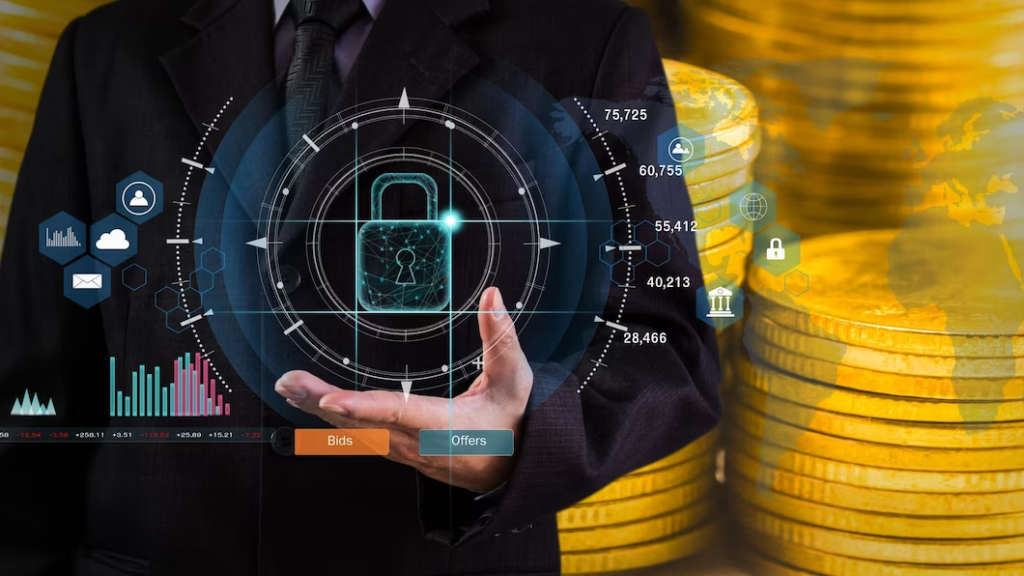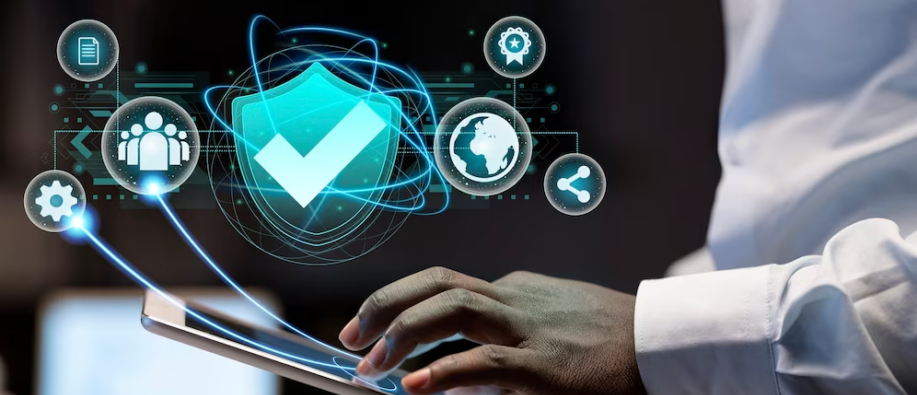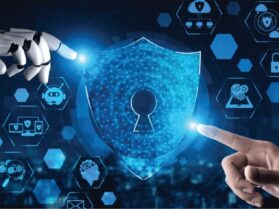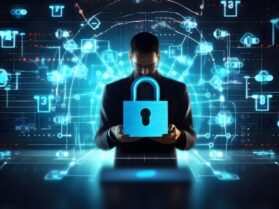Digital asset security forms a crucial part of your marketing plan. This includes your website, social media content, email lists, videos, e-books, and the list goes long. In short, it’s the data that’s created and stored online. Maintaining its security is vital. As, technology is evolving rapidly, however bringing in a new realm of challenges every day.
Cyberattacks, occurring every 39 seconds on average, have become a pressing concern. As we are increasingly engaging in the digital world, our exposure to cyber threats widens.
In this guide, we will explore the importance of cybersecurity and the must-have security tips to boost your digital asset security. Let’s delve in.
Cybersecurity: The Essential Need
With the rapidly growing cyberattacks, cybersecurity is a powerful shield that protects your data, network, and computer system from potential threats and vulnerabilities.
Keeping a close eye on the risks the digital world possesses and implementing the best practices is vital for individuals and organizations to safeguard their digital assets.
The security objectives of confidentiality, availability, and integrity of information are achieved with cybersecurity.
Know-How of the Common Cyber Threats

Cyberthreats take various forms, and each has a distinct characteristic, to exploit the smooth-running business.
- Malware: A software or a program that is harmful to the computer system or network.
- Phishing is a fraudulent practice where individuals are deceived into revealing confidential information through sending fake emails, websites, or phone calls.
- Social Engineering: Manipulating individuals to share confidential information they shouldn’t expose.
- Web-based attacks: Gaining unauthorized access to websites or applications by injecting malicious code.
- DDoS Attacks: Bombarding the web servers with emails to make them unavailable to legitimate users.
- Insider Threats: Malicious actions or data breaches initiated by individuals within an organization.
- Advanced Persistent Threats (APTs): Long-term, sophisticated cyberattacks executed by skilled adversaries.
- Man-in-the-Middle (MitM) Attacks: Intercepting and modifying communication between two parties.
- Zero-day Exploits: Targeting unknown software vulnerabilities.
How to Boost the Security of Your Digital Assets?
While it may be impossible to eliminate cybercrime completely, staying aware of the threats and adopting appropriate security measures can help reduce the risk at a large scale. Here are the key points to consider.
Use Strong Passwords and Enable Two-Factor Authentication
It is recommended to use strong passwords, with letters, numbers, and special characters. This makes it difficult for the hackers to gain access to your assets. Furthermore, enable 2FA, which adds an extra layer of security, which means only authorized persons can gain access when a code is sent over the phone or email.
Conducting Risk Management
Conducting a risk assessment is paramount to identify potential threats to your assets. The crucial elements of a risk assessment include asset identification, threat identification, vulnerability identification, impact evaluation, probability assessment, risk calculation, prioritization, mitigation, and regular review and updates. Cybersecurity isn’t a one-day job, it’s an ongoing effort that needs continuous vigilance.
Utilizing an ETF Database
Utilizing an Exchange-Traded Fund (ETF) database is often neglected but vital for digital asset security. It gives good insights into ETF securities across markets. When looking for the best ETF database, make sure to focus on the analytical tools, coverage, real-time updates, and features like a strategy builder. Collaboration on cybersecurity practices among stakeholders is a significant advantage.
Choosing a Trusted Cybersecurity Provider
Getting started with a trustworthy cybersecurity provider is essential. As your digital assets security depends on the provider you choose. Evaluate their experience, expertise, and alignment with your needs. Additionally, look for the customer reviews, certifications, and tailored solutions they offer to the given security challenge.
Implementing Security Controls
Besides the measures listed above, there are multiple layers of security controls for robust protection against hackers and threats.
- Update Software and Systems: Regularly update software to address vulnerabilities and improve system performance.
- Firewalls and Antivirus Software: Firewalls act as barriers, while reputable antivirus software protects against malware. Regular updates and scans are crucial.
- Data Encryption: Encrypt data at rest, in transit, and in use to protect sensitive information.
- Data Backup: Perform regular backups and store them in secure, off-site locations to mitigate data loss.
- Compliance and Regulations: Adhere to industry-specific cybersecurity regulations and standards.
- Education and Training: Develop training programs to raise awareness about cybersecurity and encourage prompt reporting of incidents.
Creating a Solid Incident Response Plan
Incidents are unforeseen and occur at any time, despite the preventive measures. Plan a strategy to detect, respond, and recover from security incidents. At the organizational level, it’s crucial to stay one step ahead and defend against cyber threats. It’s all about identifying the breach, notifying relevant parties, and seeking professional assistance.
Key Takeaway: Safeguarding Your Digital Assets
By understanding cybersecurity principles, conducting risk assessments, implementing strong security measures, and staying informed, you can significantly enhance the security of your digital assets. Dealing safely in the ever-evolving digital landscape is not just an option, but rather a necessity.
So, empower yourself with the right security measures and safeguard your digital assets effectively.
Also Read:





